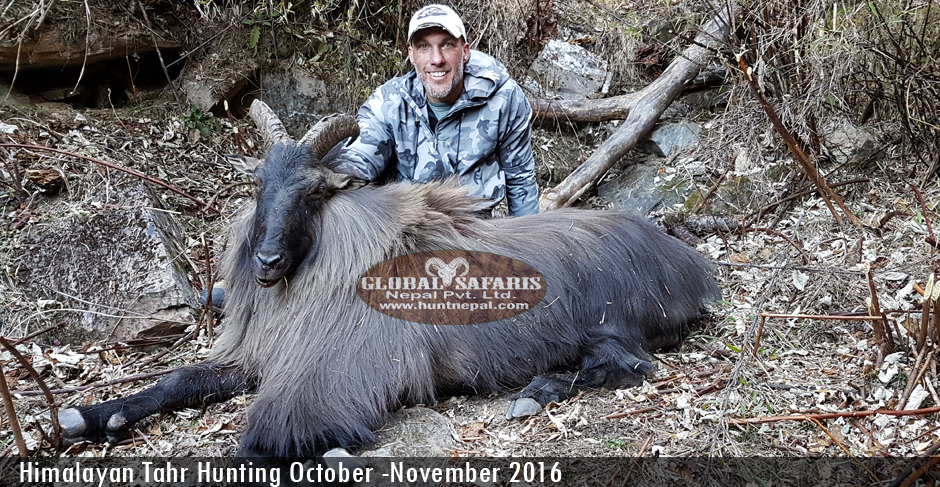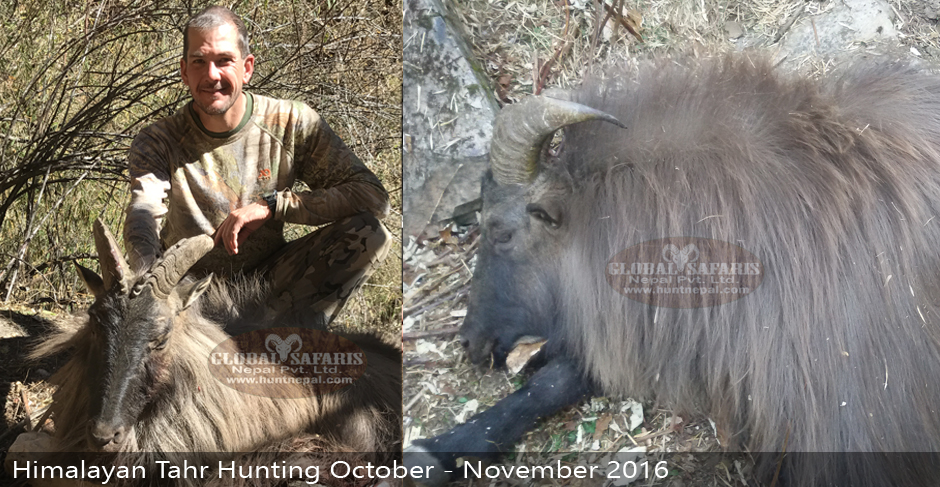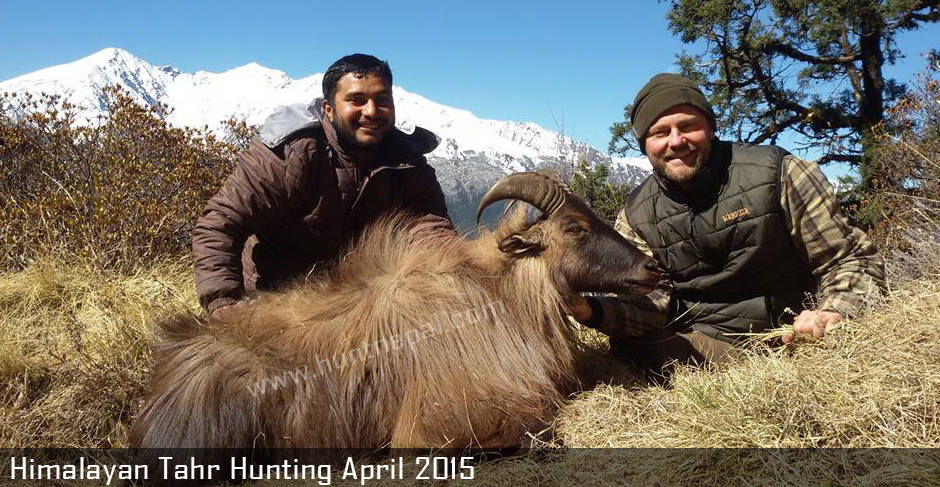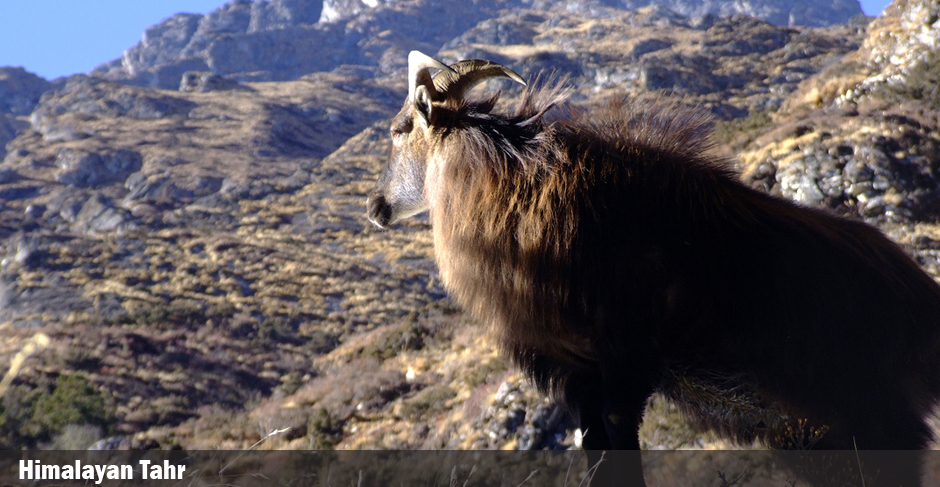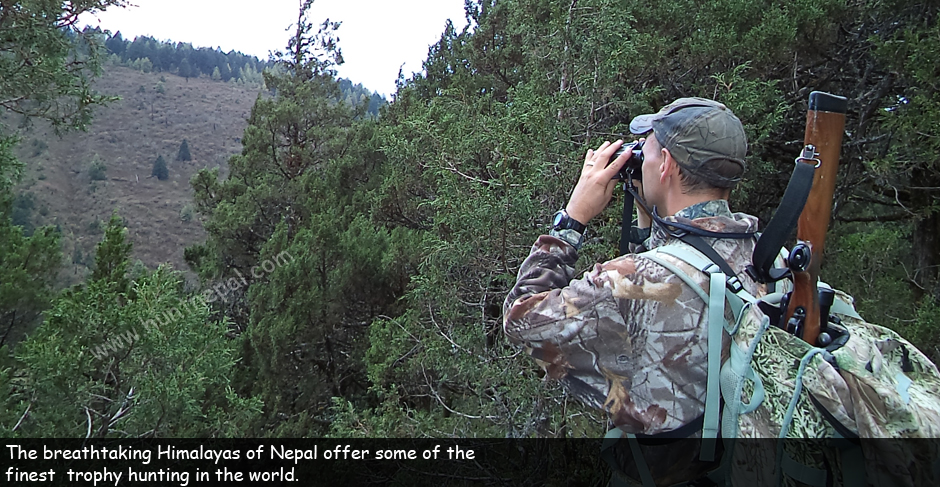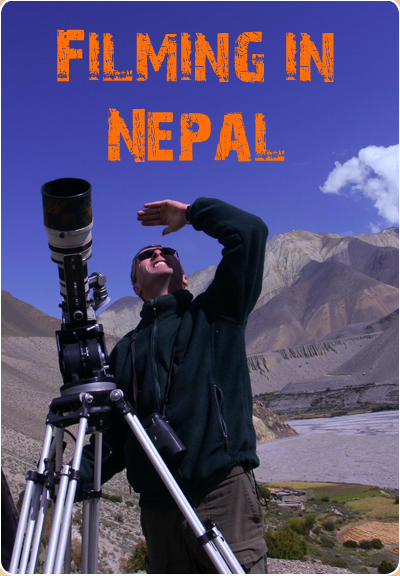About Himalayan Tahr
There are three types of Tahr in the world. These are Himalayan Tahr, Nilgiri Tahr & Arabian Tahr. The Himalayan Tahr is a relative of the wild goat and is specially adapted to life on the rugged mountain slopes and montane woodlands of the Himalayas. In the Himalayas, Tahr inhabit mountainous habitat, commonly between 2,500 meter to 5,000 meter depending on season and also time of day. In winter they tend to occupy lower slopes, avoiding deep snow and frequenting southern cliffs where the vegetation is more exposed and available for grazing or browsing. In New Zealand they live on grassy mountain slopes and scrubland from 750 to 2250 meters in elevation, preferring the north facing slopes which are sunnier and accumulate less snow in the winter/
General Characteristics:
The dense, wooly winter coat is reddish to dark brown and has a thick undercoat. With their winter coat, males also grow a long, shaggy mane around the neck and shoulders which extends down the front legs. After the spring molt, the coat is much shorter and lighter in colour. The legs are relatively short, and the head is proportionally small. The eyes are large, and the ears are small and pointed. The horns are triangular in cross-section and are found in both seses. They curve upward, backwards, and then inwards, to a maximum length of 45cm/ 18 inches, and are usually larger in males.
Ontogeny and Reproduction:
Gestation Period: 7 Months
Young Per Birth: 1, rarely 2.
Weaning: At about 6 months.
Sexual Maturity: At 2-3 Years.
Life span: Usually 10 years, up to 21 in captivity.
Ecology & Behavior:
Most active during the early morning and late afternoon. Himalayan Tahr spend the middle of the day resting among rocks and vegetation. Very shy and wary, they are different to approach, especially from downhill. When startled, they flee with confidence, speeding sure-footedly across the uneven terrain of the habitat. The Himalayan tahr may migrate down the mountain during the winter, resting in denser cover at lower altitudes as protection from the elements. When competing for breedomg privileges, males lock horns and attempt to throw each other off balance, although compared to other ungulates this done in a somewhat half hearted manner. With the introduced groups in New Zealand, the population density varies from 4.5-6.8 animals per square kilometer.
Rutting Behaviour:
The rutting of the Himalayan Tahr starts in towards late November and continues until mid- January. During the rut male Bluesheep use multiple strategies for mating as like tending, blocking and coursing.
Diet:
Himalayan Bluesheep are herbivores, eating grasses, leaves, mosses and lichens.
Habitat
In the Himalayas, Tahr inhabit mountainous habitat, commonly between 2,500 meter to 5,000 meter depending on season and also time of day. In winter they tend to occupy lower slopes, avoiding deep snow and frequenting southern cliffs where the vegetation is more exposed and available for grazing or browsing. In New Zealand they live on grassy mountain slopes and scrubland from 750 to 2250 meters in elevation, preferring the north facing slopes which are sunnier and accumulate less snow in the winter.
Our Hunting Packages
Bluesheep Hunting

Nepal is real highland place in the world. Bluesheep is main hunting species of Nepal Hunting. Bluesheep hunting is challenging, breathtaking and un-paralled sport trophy hunting...
View Detais
Himalayan Tahr Hunting

Himalayan Tahr Hunting in Nepal is neturally tahr hunting in the world. You can have tahr hunting in New Zealand and England too but these are not neturally as like Nepal which was taken from Nepal...
View Detais
Combo Hunt
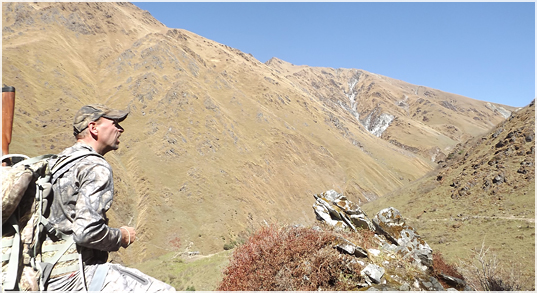
Nepal is one of the best higland real adventure hunting place in the world. Nepal known as challenging, breathtaking and un-paralleled hunting place in the world. These three words describe about Bluesheep & Himalayan Tahr...
View Detais




